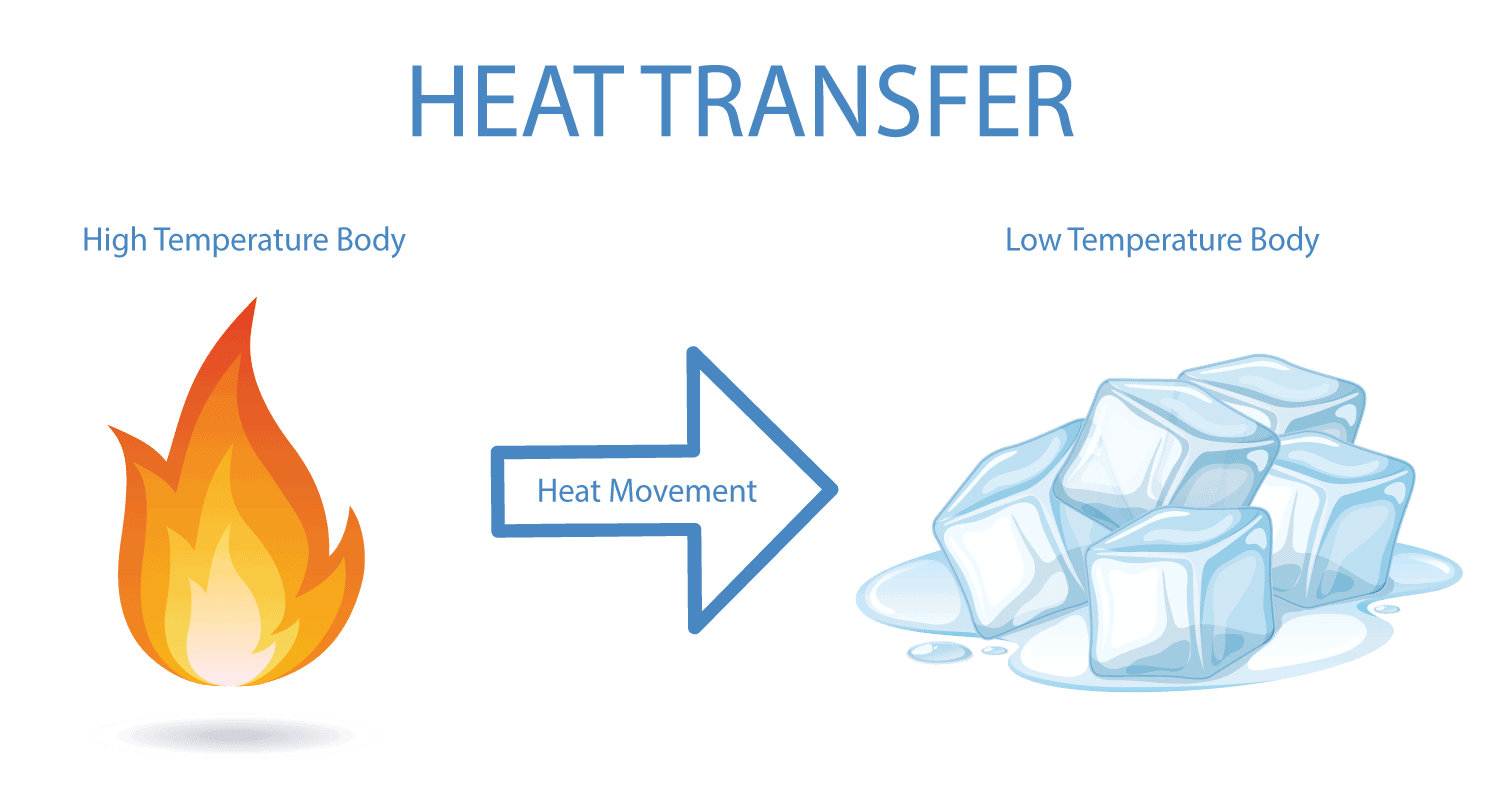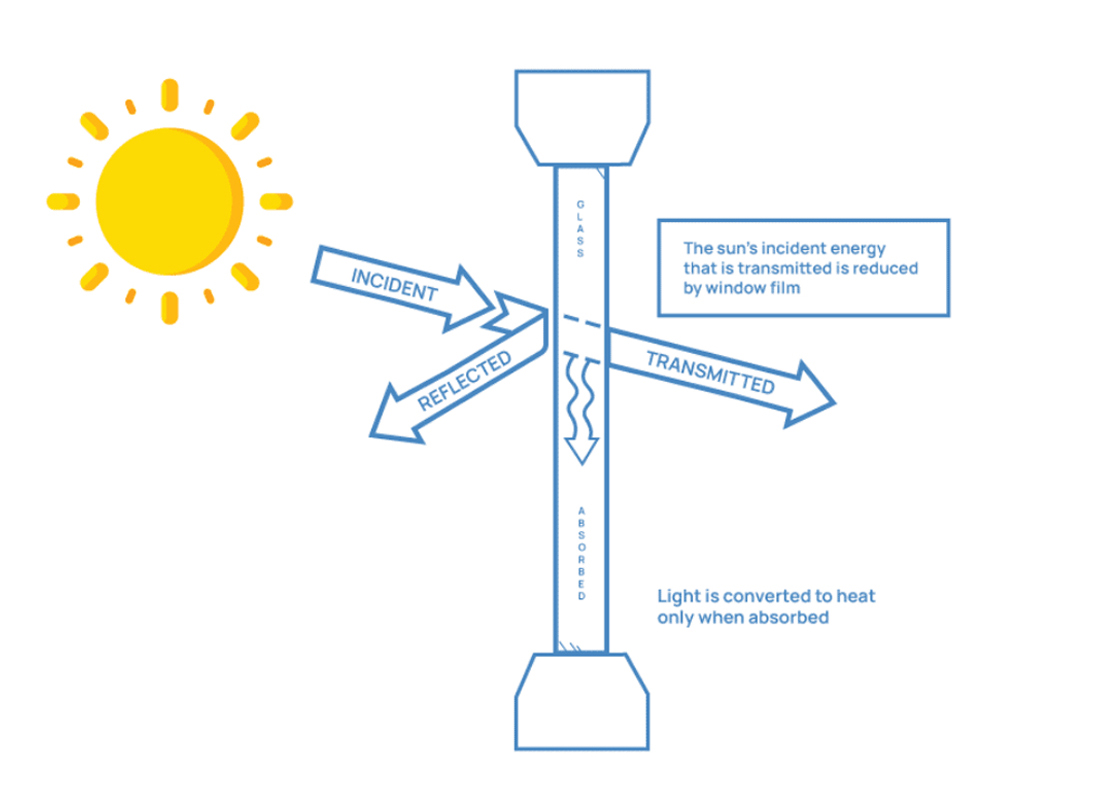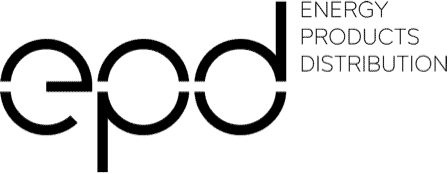Lower Utility Bills

Reducing Utility Bills with Window Film
At a Glance
Savings
Annual Utility Savings
Reduce
SHGC & U-Value
Reduce
Carbon Footprint

The Science of Heat Transfer
How Window Film Lowers Utility Bills
Window film reduces the heat transfer that occurs through glass. It lowers a window’s Solar Heat Gain Coefficient (SHGC), which increases the amount of the sun’s incident energy (ultraviolet, visible light, infrared) that is reflected and absorbed by the window, thereby reducing what is transmitted inside. It also reduces a window’s U-Value, increasing the amount of man-made heat reflected back inside, thereby minimizing what is lost outside. Window film can improve the SHGC and U-Value of an existing window almost to the point of window replacement but at a fraction of the price and without the associated disruption.
Reducing an existing window’s SHGC and U-Value should translate into reduced heat transfer, which in turn means less reliance on HVAC and the corresponding utility bills.

Cooling Season

Heating Season
Product Information
Brochure | |
Case Studies |












